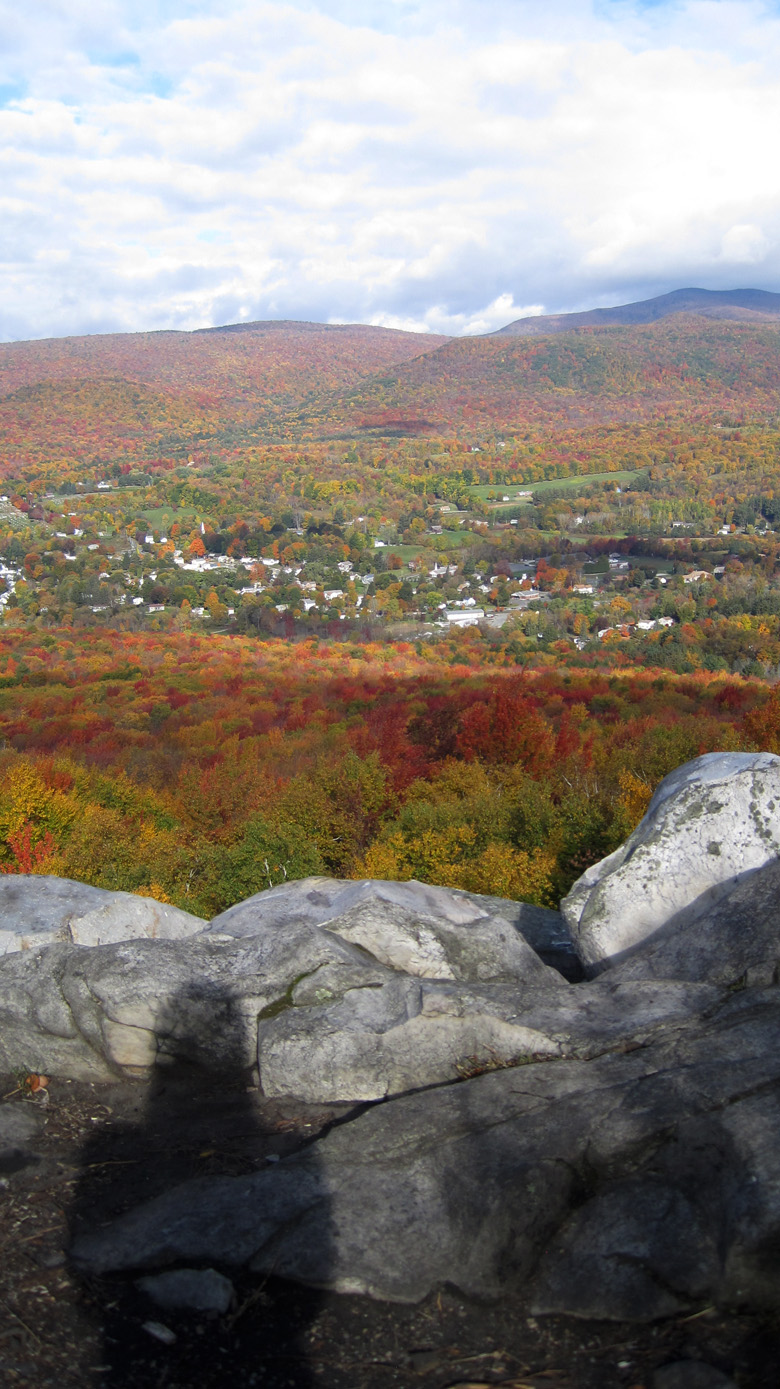


Everything is impermanence
October 15, 2015


Taking the Plunge
November 29, 2015In 2008, I was honored to be chosen to be an artist-in-residence in Denali National Park in Alaska. Denali transformed my understanding of wildness and wilderness. Imagine the state of Massachusetts with only one road, 80 miles in length. (I would love to see Thoreau experience that!) Along that road there are about a dozen official stops: 3-4 visitor centers, 3-4 established campsites and 3-4 park ranger like things, including the cabin where the artist-in-residence stays. That cabin is at the intersection of the East Fork river and the park road, mile 42. This braided river crisscrosses the landscape freely, similar to the grizzly crossing it in the picture below.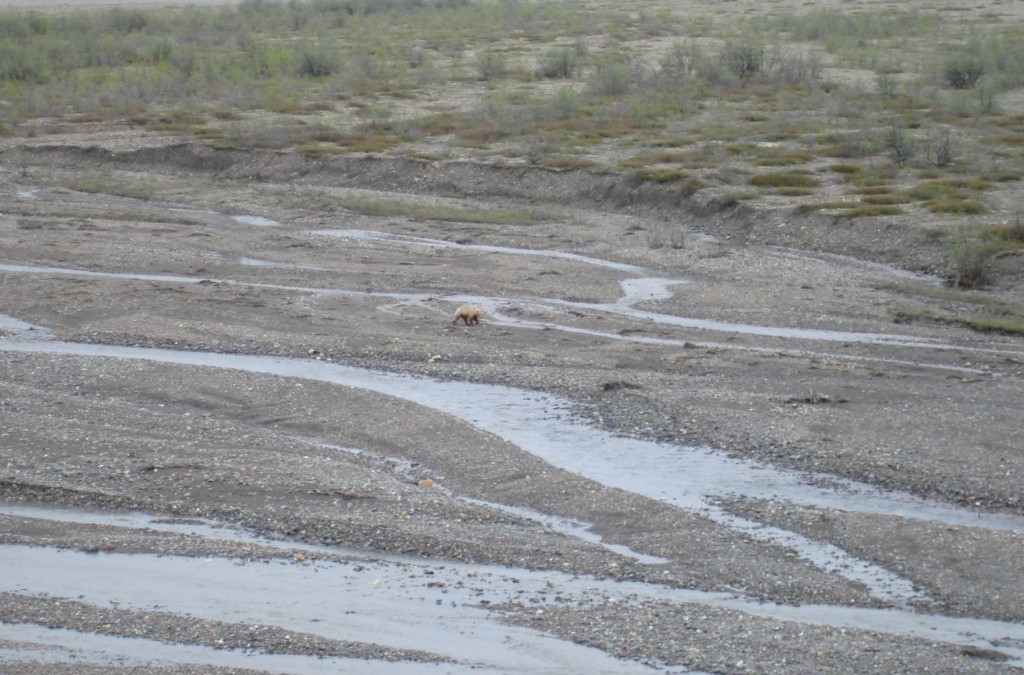

The rocks on the riverbed range in color from dull grays to ochres, a spectrum of earth tones calling to be brought together in some kind of Andy Goldsworthy-like construction. I spent one morning gathering a range of colors into a circle. 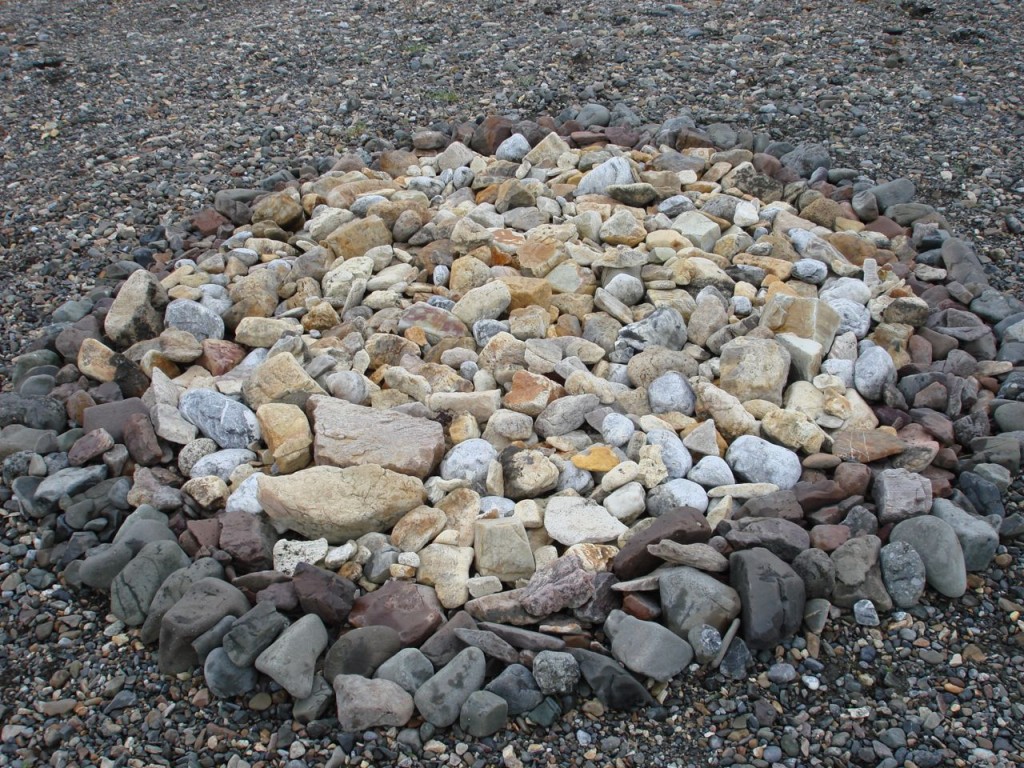

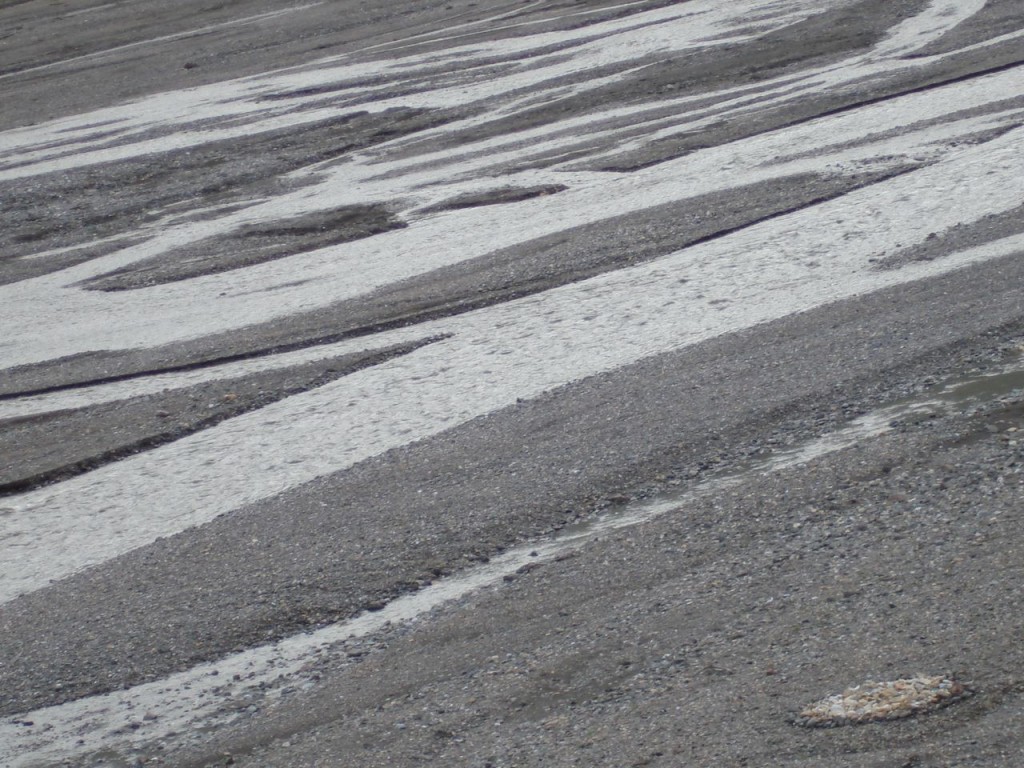

The next day, after returning from a day-hike, I was greeted with this letter:
Dear Artist-in-Residence,
Our communication center received a complaint about a large white colored rock ring above the bridge at the East Fork river. In an attempt to preserve the wilderness experience for our visitors we strive to avoid human impacts off the road corridor (i.e. the backcountry). I located the rock ring today and based on its detail and intricate design I thought it might have been created by yourself. As wonderful as it is, it cannot stay. I wanted to give you notice, if in fact it is yours, that it will be removed tomorrow morning. Sorry if this does not pertain to yourself. I hope your stay is wonderful. Please feel free to contact myself or any ranger.
Sincerely, Park Ranger for the Toklat Section
I was impressed with how kind he was. I completely respected the sentiment from where he was coming. So I spent the afternoon hurling rocks back into the wild.
I write about this today, because did this prime me for my reaction to the paper words being removed from the trail last week? My first reaction when I discovered the words missing was that someone removed them because it was disrupting their wilderness experience. My collaborator Holly Wren Spaulding’s reaction was maybe the person who took them down wanted them for their own backyard/woods.
How do our past experiences predict how we will react in the future? Do they prime us? Can we rewire ourselves to not respond a certain way? The first step is recognition, to see the pattern and the link, to acknowledge it and pause before acting. Is it possible to do? What do you think?

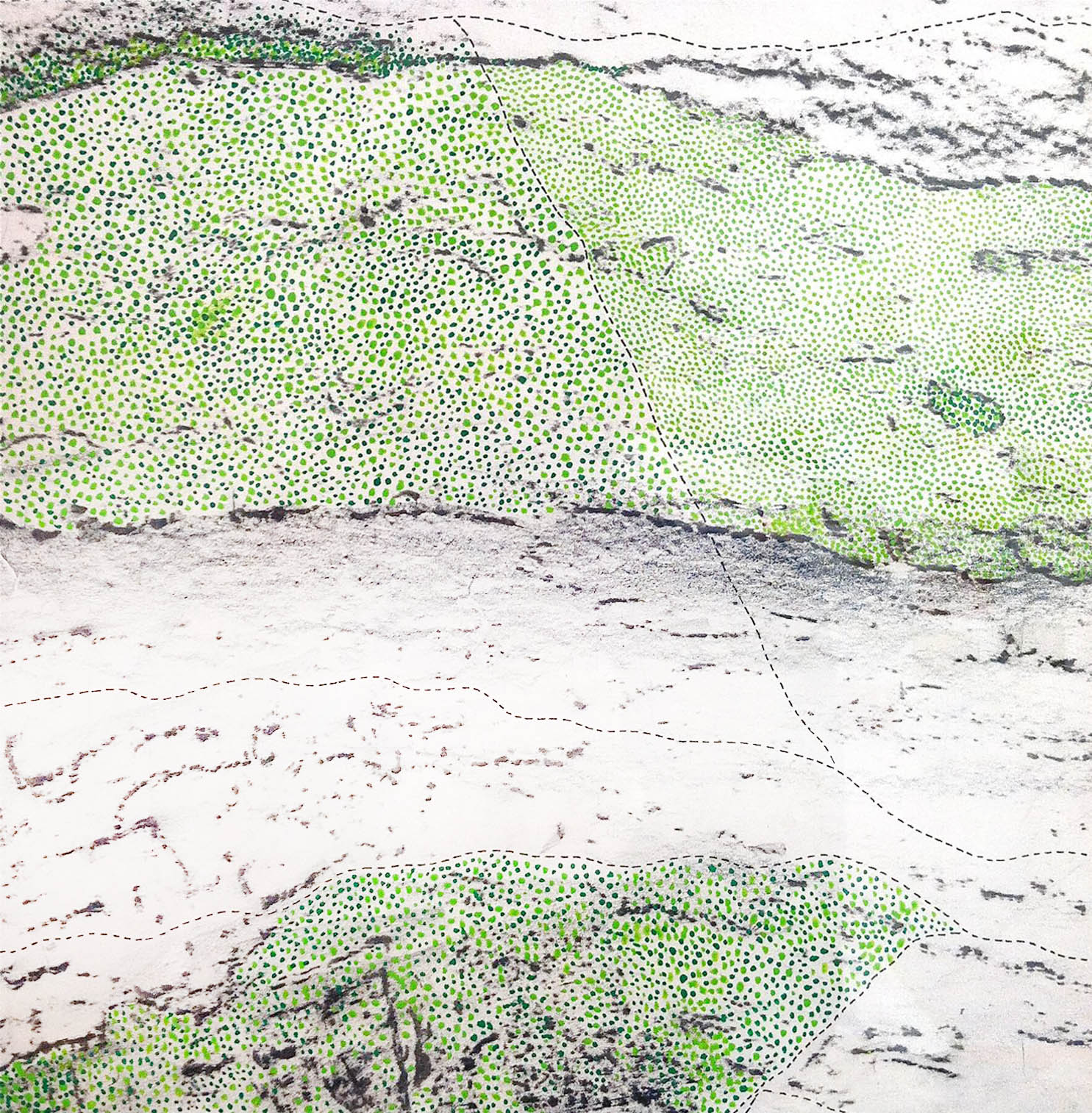
4 Comments
Punt
the complex part of reacting to continue to feel while at the same time responding
so often we assume the objective stance which can close us off to our feelings
I remember that Denali event well, Melanie. I’m usually among the first to hear about such interactions between park staff and artists-in-residence, since it’s pretty much my [completely volunteer] job to try to keep peace between the artists in this program and the Park Service personnel, and to explain the needs of each to the other. It says volumes about both you and the park personnel at that time that the event you describe unfolded in such a thoughtful, understanding way!
I loved reading about your words’ disappearing from the forest, and it reminded me of one of the most wonderful collaborative experiences I’ve ever had. Walking along a stream in the woods in Vermont more than 25 years ago, I happened upon a makeshift sculpture of sticks and leaves and decided to add a few elements to it. I came back a couple of days later and found more elements changed, removed, and/or added. This went on for a couple of weeks, before one or the other of us, or both, went the way of our separate lives. I loved not only participating in it, but the fact that I never learned with whom I was collaborating.
And I love reading your ruminations. Thanks for all you do!
– Kes Woodward, first Denali Artist-in-Residence and–I hope–lifetime artist liaison to the Denali Artist-in-Residence program
I wonder what people would think about the stone cairns the indigenous people erect? Humans have always created art in nature. Do we remove cave paintings or markings inscribed on rock walls by ancient cultures. Of course not. We live, move and have our being in Nature and have constantly left behind physical reminders of our connection to place. Your stone river sculpture should have been allowed to stay. To me, it reflected on the sacred aspect of circles within landscape. It added to the beauty.